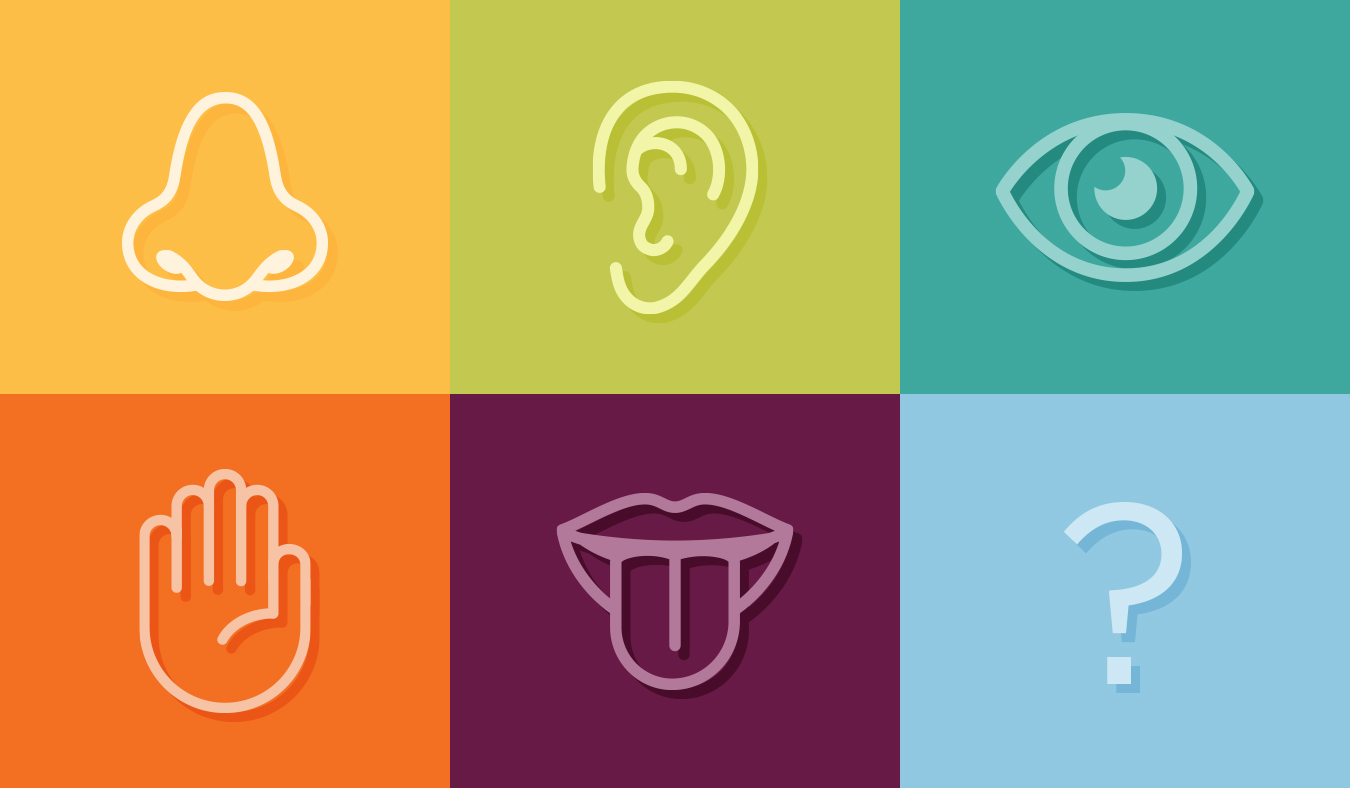
.png)

We all know the saying, “People may forget what you said. They may forget what you did, but people will never forget how you made them feel.” This mantra is used in many customer experience (CX) initiatives and is a perfect example of why companies who want customers to remember and feel about them a certain way, also need to incorporate sensory experiences into their customer journey. The goal is to create an emotional connection through words and actions and then wrap that connection in sensory experiences that, combined, can create long lasting memories.
These sensory influences—smell, touch, sound, sight and more—can have both subtle and strong effects on how we experience a place, a brand or a service. These positive or negative influences can often unconsciously change how the customer perceives their experience, so to ignore any one aspect of the senses can prove detrimental.
The following tips and questions will help to get you thinking about the sensory aspect of your CX journey and how you can improve.

Is there a scent that pairs well with your product, service or the atmosphere you’d like to embody? If nothing comes to mind directly, think about what could complement your product or service and remind the customer of an enticing experience. For example, there’s a reason many bookstores choose to sell coffee and sweets even if this isn’t their primary business. The aroma of coffee creates the ideal environment for cozying up with a good book, and studies of customer behavior have even shown an increase in sales of romance and cookbooks when the smell of chocolate and pastries is close by.

Recorded music and live music are often one of the quickest ways to change a sensory experience. However, remember that softening the noise in a space can be just as important to pay attention to as the temptations of music. Sometimes the overload of too much auditory stimulation can create a chaotic feeling. Think about and listen to your experience. If you want your customer to slow down, then softer calming music may fit well. Or are you wanting to move people through quickly? An upbeat, faster tempo may be right for you.

When it comes to sense of sight, think beyond what is appealing. What could make the CX experience more helpful or directional? Is there a mixture of colors, fonts, or patterns that make a space or product either visually compelling or confusing? Are there items that seem to have no purpose and are creating clutter? Or the opposite—is a lack of character creating a sterile feel? Seeing your space through the eyes of your customer will help to focus your attention on areas of improvement and create both a functional and memorable experience.

This sense is so important and applies to many facets of the CX experience from the feel of a chair, to the paper quality of a menu, and even down to the types of pens available. However, given the current COVID-19 no-touch environments, it’s also important to review how your business has pivoted to embrace your customers’ no-contact preferences. Are all surfaces clean (and do they smell clean)? Do you have contactless options via QR codes, in-app, tap to pay, etc? Customers are noticing all of these small differences and taking them into consideration when making decisions about future purchases.

Just like the sense of smell example above, sense of taste may be tied directly to your product/service/place or it may be a complement to one of the other senses. This sensory stimuli is so powerful that it’s consistently used as a marketing tool in almost every industry to entice customers to stay longer, spend more or return more often. Think of the realtor who offers small plates at an open house or the office conference room with mints and chocolates for those long meetings. All of this is very intentional and adds to the sensory CX experience.

This sense can be tricky to do well, but it is so important for tying the CX experience together and creating a brand experience that people love to love. Does your product/service/place have a sensory brand storytelling impact? As Sergio Zyman said, “everything communicates.”
Just as you would ensure that your visual identity assets (logo, business cards, website, etc.) follow your brand guidelines (colors, typography, imagery, etc.) — shouldn’t you ensure that your product/service/place reflects the brand as well? Think of it this way: your ultimate goal is to have all the pieces and parts of your business and brand blend together to feel like the pieces of one whole. These pieces should include, but not be limited to:
Sense of brand is accomplished when your organization is committed to effectively living, telling and visually communicating your brand story and vision. When the other five senses can be seamlessly incorporated into your sense of brand, you can create your optimal CX experience and make a lasting impression on your customers.